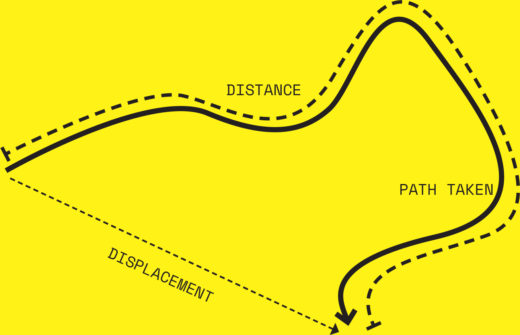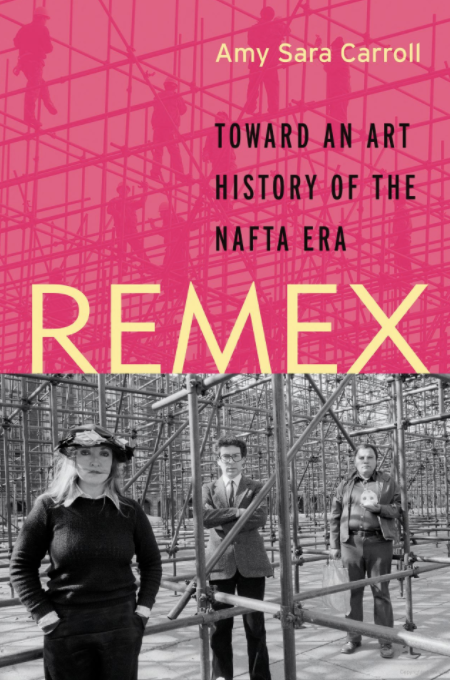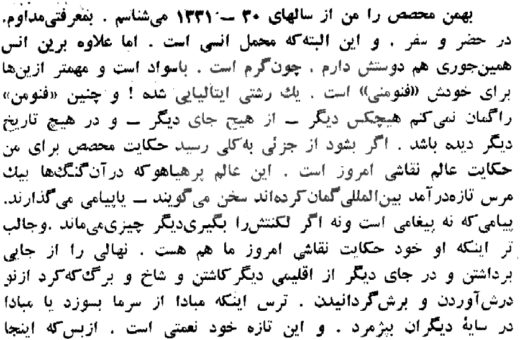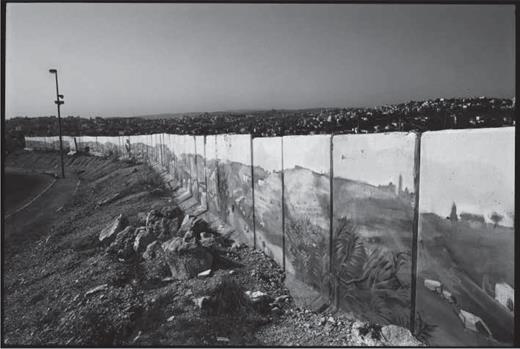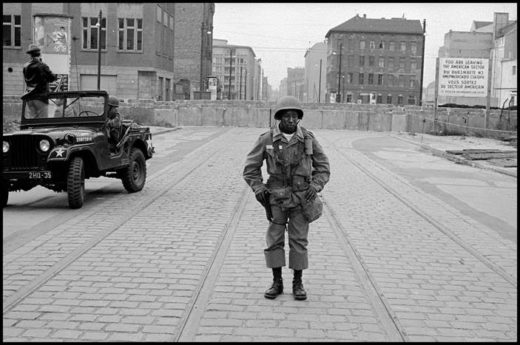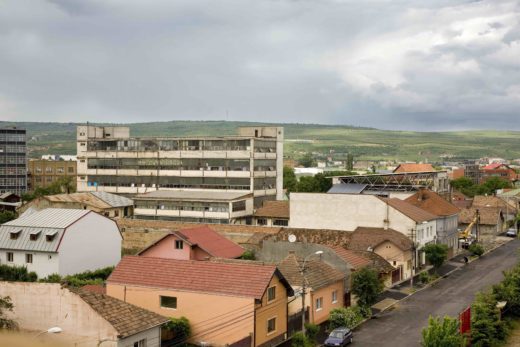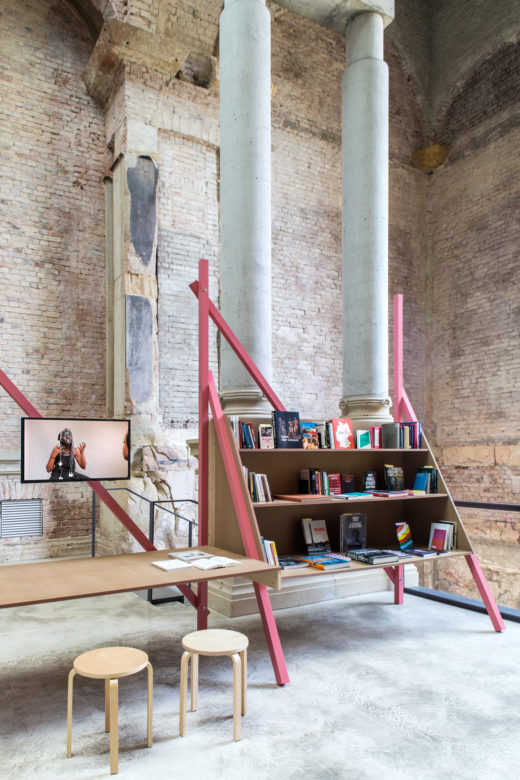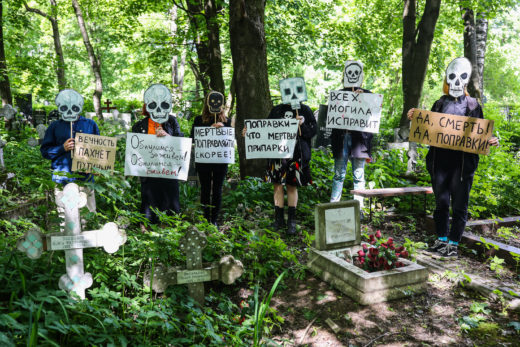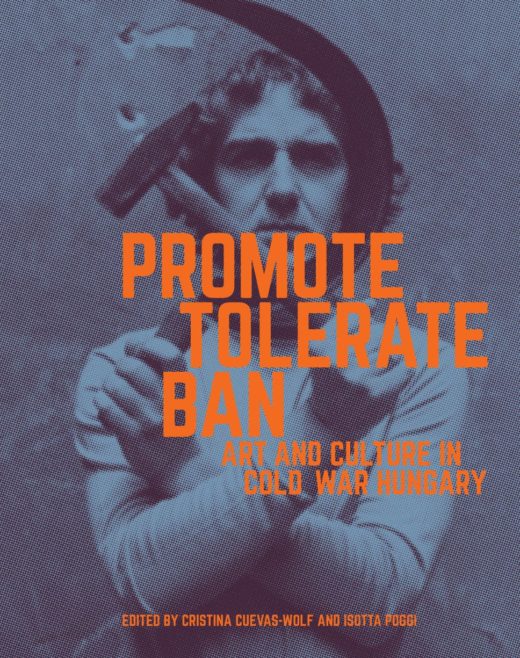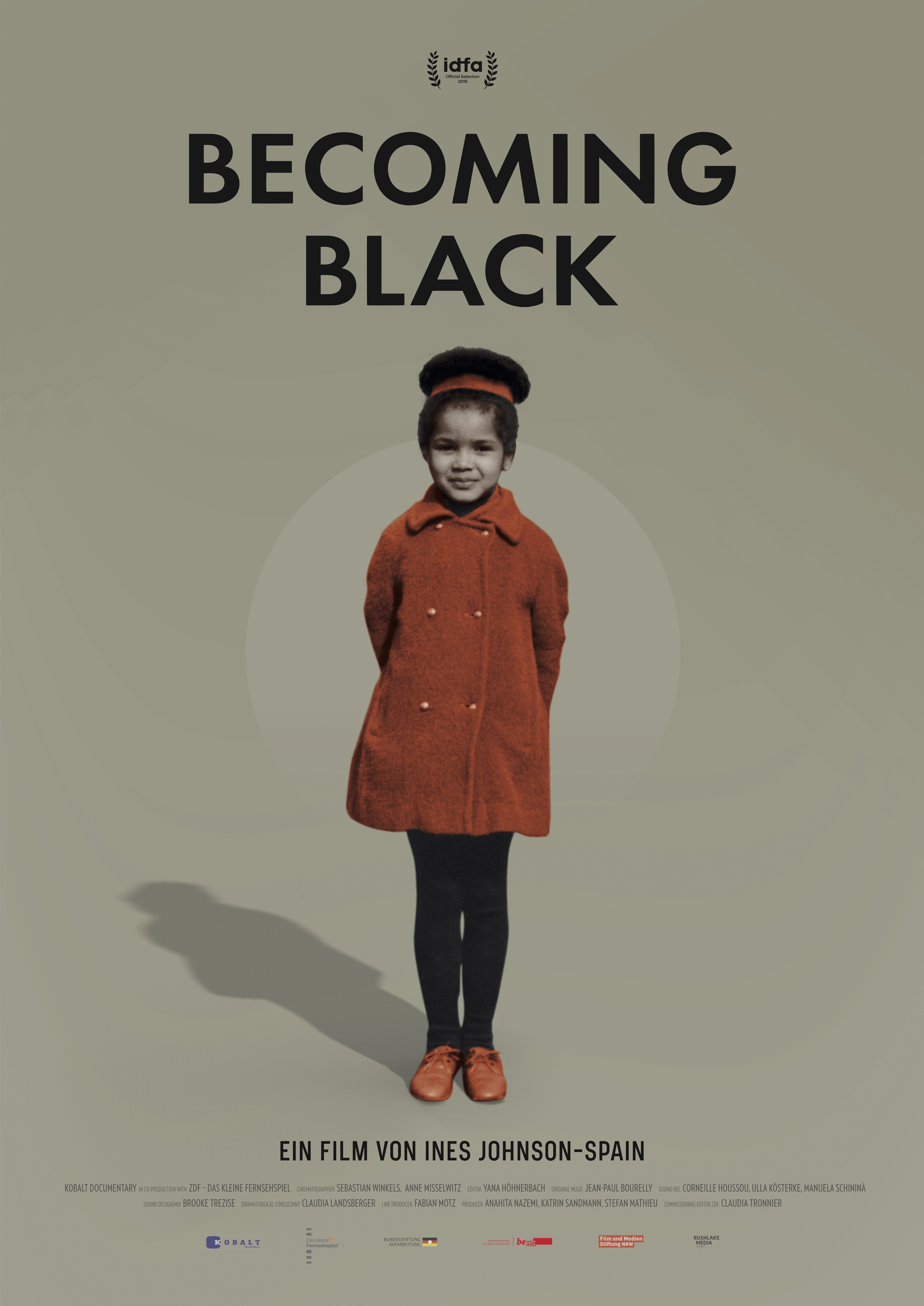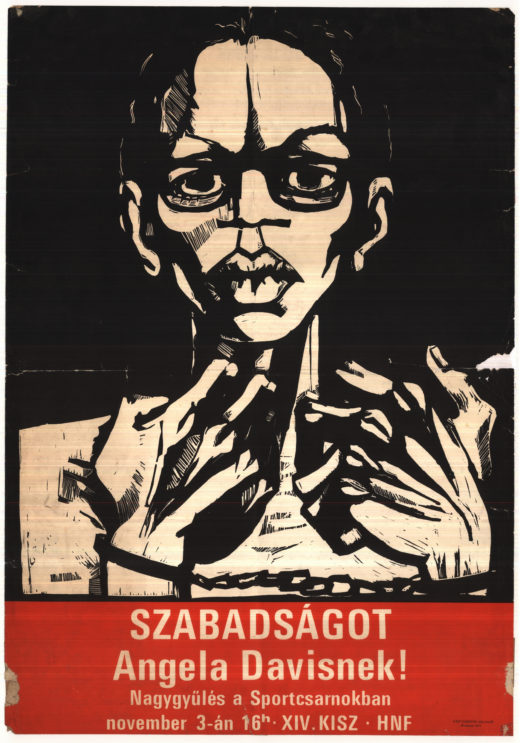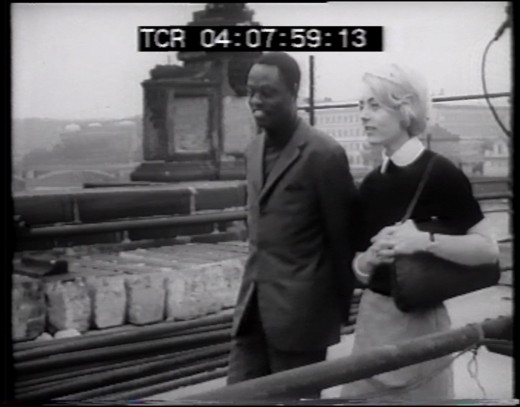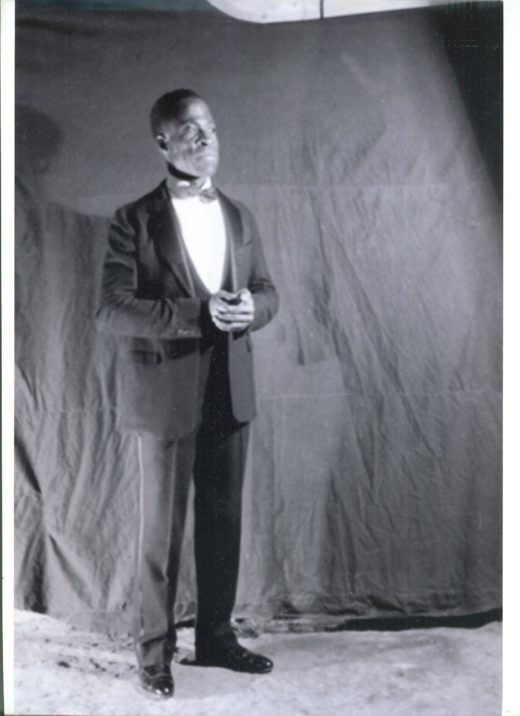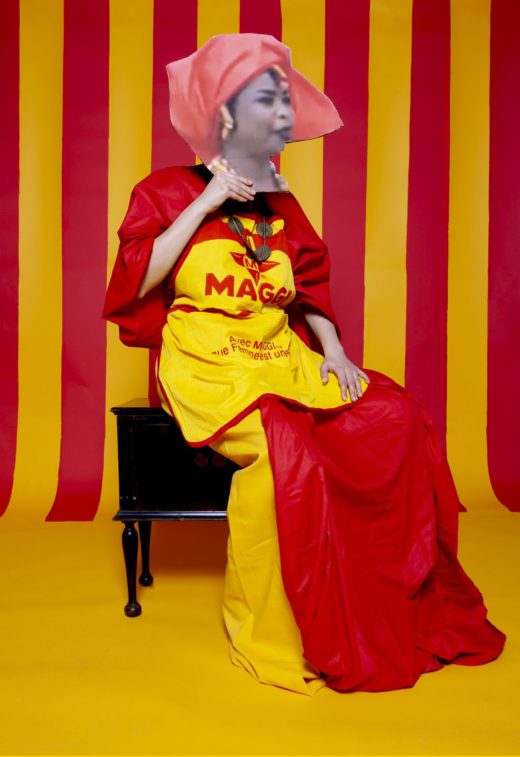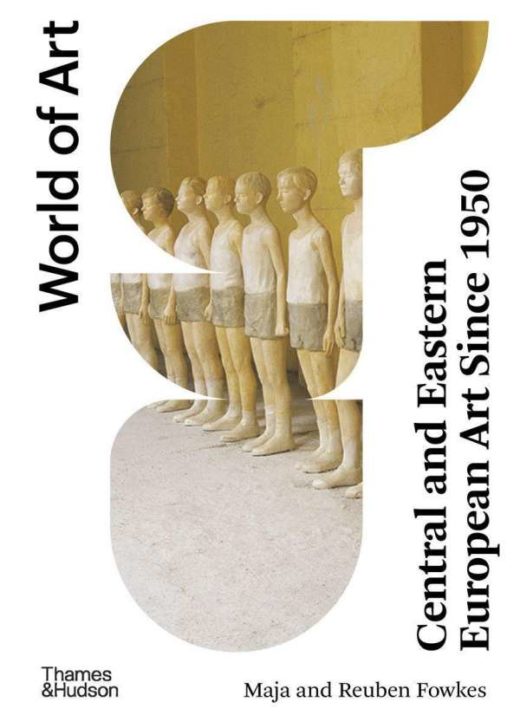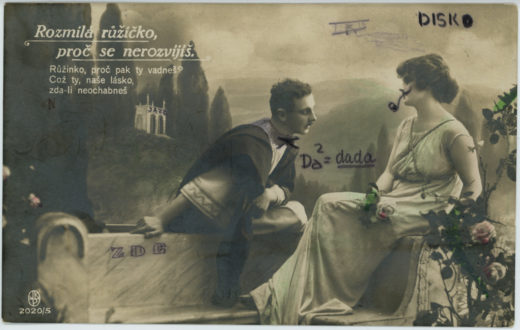_rt movements
_rt Movement(s) is an artist research project intended as a text object that materially represents the complex, relational articulation of art and history with particular emphases on the contingent relationships made by movements of different kinds: geographical migration of artists, displacement of art objects, performances, institutions/festivals, and theories/theorists. _rt Movement(s) challenges the linear developmental approach of normative art history, and its nationalist, racialized, and ethnocentric assumptions. Instead, the project argues through diverse sources, including texts, images, graphs and other visualizations for the essentially translocal and transhistorical character of works of art.… Read more

